Conceptual art is an art movement that emerged in the 1960s and 1970s, and which challenged traditional ideas about art and its role in society.
Rather than creating physical objects, conceptual artists focused on ideas, language, and systems, often using text, photography, and other non-traditional materials to convey their message.
Conceptual art was a response to the increasing commercialization of the art world, and a rejection of the idea that art should be a commodity that can be bought and sold.
Instead, conceptual artists sought to create works that were open to interpretation, and which invited the viewer to participate in the creation of meaning.
Conceptual art is characterized by its emphasis on ideas over aesthetics, and its use of language and text to explore issues such as identity, politics, and social norms. It is also known for its use of non-traditional materials, such as found objects and everyday materials, to create works of art.
Conceptual art has had a significant impact on contemporary art, and its influence can be seen in a wide range of artistic practices, from performance art to installation art.
It has also influenced other fields, such as architecture, design, and advertising, and continues to be an important force in contemporary culture.
Famous Conceptual Artists
1. Jenny Holzer

Jenny Holzer is an American artist who is best known for her work with text-based installations, using LED lights, projections, and other media to display her messages.
Her work often addresses political and social issues, such as war, violence, and feminism. Holzer’s art has been exhibited in museums and galleries around the world, including the Guggenheim Museum in New York, the Venice Biennale, and the Whitney Museum of American Art.
She has also created public installations, such as her “Truisms” series, which consists of short, provocative statements displayed on billboards, posters, and other public spaces.
Holzer has received numerous awards and honors for her work, including the Golden Lion award at the Venice Biennale and the Crystal Award from the World Economic Forum.
2. Joseph Kosuth
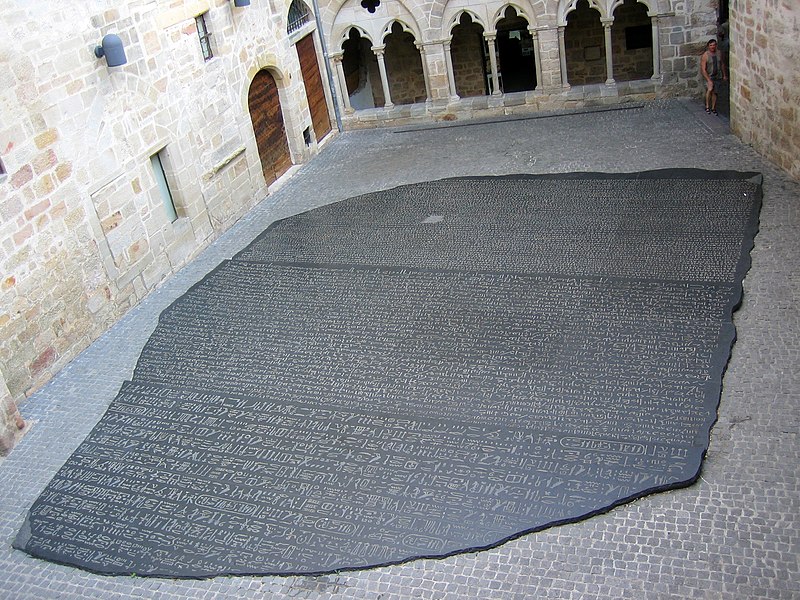
Joseph Kosuth is an American conceptual artist who is best known for his text-based installations and his exploration of language and meaning in art. He was born in 1945 in Toledo, Ohio, and studied at the Cleveland Institute of Art and the School of Visual Arts in New York City.
Kosuth’s work often involves the use of found objects, such as chairs, tables, and light fixtures, which he combines with text to create installations that challenge traditional ideas about art and its meaning.
His art is influenced by philosophy, particularly the work of Ludwig Wittgenstein and his ideas about language and its limits.
Kosuth is considered one of the founders of the conceptual art movement, which emerged in the 1960s and 1970s and challenged the idea that art should be a physical object or a visual experience.
Instead, conceptual artists focused on the ideas behind the artwork, often using text, language, and other non-traditional materials to convey their message.
Kosuth’s work has been exhibited in museums and galleries around the world, including the Museum of Modern Art in New York, the Tate Gallery in London, and the Centre Georges Pompidou in Paris.
He has also received numerous awards and honors for his work, including the Venice Biennale’s Golden Lion award in 1993.
3. Sol LeWitt
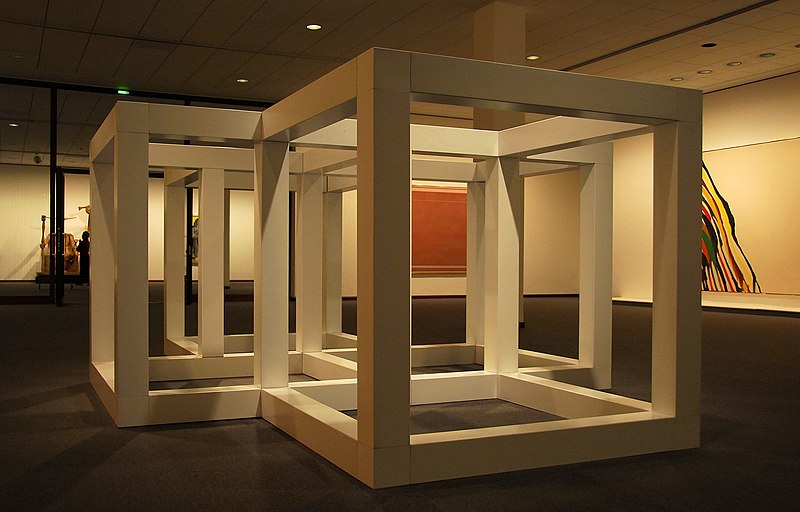
Sol LeWitt was an American artist associated with Minimalism and Conceptual art. He was born in 1928 in Hartford, Connecticut, and died in 2007 in New York City.
LeWitt is known for his wall drawings, which consist of simple geometric shapes and lines that are drawn directly on walls according to specific instructions. He was interested in the idea of art as a set of instructions or rules that could be carried out by anyone, rather than as a unique or individual expression of the artist.
LeWitt’s wall drawings have been exhibited in museums and galleries around the world, and his work is considered an important influence on the development of Conceptual art in the 1960s and 1970s.
In addition to his wall drawings, LeWitt also created sculptures, prints, and drawings that explore similar themes of simplicity, repetition, and systematic processes.
LeWitt was also an important writer and critic, and his essays on art and his reflections on the nature of creativity have been widely influential in the art world. He received numerous awards and honors for his work, including the National Medal of Arts in 2000.
4. Marcel Duchamp
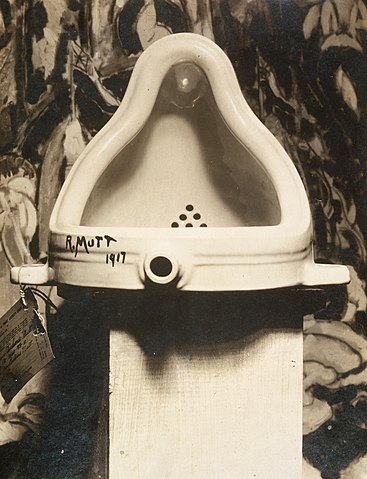
Marcel Duchamp was a French-American artist who is widely considered one of the most important and influential figures in 20th-century art. He was born in 1887 in Normandy, France, and spent most of his adult life in Paris and New York.
Duchamp is best known for his provocative and often controversial works, which challenged traditional ideas about art and its role in society.
He is often associated with the Dada movement, which emerged in the early 20th century and rejected traditional artistic conventions in favor of new forms of expression that often included elements of chance and randomness.
One of Duchamp’s most famous works is his readymade sculpture, Fountain, which was simply a urinal that he signed with a pseudonym and submitted to an art exhibition in 1917. This work challenged traditional ideas about what could be considered art, and helped to establish Duchamp as a pioneer of conceptual art.
Throughout his career, Duchamp continued to experiment with new forms of artistic expression, including painting, sculpture, and installation art. He was also an important influence on other artists, including the Surrealists, and his ideas continue to influence contemporary art to this day.
Duchamp died in 1968, but his legacy as a pioneer of modern art continues to be celebrated and studied by artists, critics, and art historians around the world.
5. John Baldessari
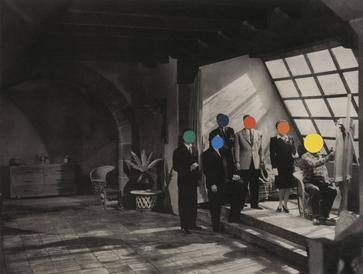
John Baldessari was an American conceptual artist who was born in 1931 in National City, California, and died in 2020. He was known for his use of text, photography, and found images in his work, and for his exploration of the relationship between image and language.
Baldessari’s work often involved the use of appropriated images and text, which he combined in unexpected ways to create humorous and thought-provoking works. He was interested in the idea of art as a form of communication, and his work often challenged traditional ideas about what art could or should be.
One of Baldessari’s most famous works is “I Will Not Make Any More Boring Art,” a 1971 lithograph in which the titular phrase is repeated over and over. The work reflects Baldessari’s interest in the relationship between art and language, and his use of repetition and irony to critique the art world.
Throughout his career, Baldessari’s work was exhibited in museums and galleries around the world, and he received numerous awards and honors for his contributions to contemporary art, including the Golden Lion award at the Venice Biennale in 2009. Baldessari was also an influential teacher, and he taught at the California Institute of the Arts for many years, mentoring a new generation of artists who have been influenced by his work.
6. Damien Hirst

Damien Hirst is a British artist who is known for his controversial and provocative artworks, particularly those involving dead animals preserved in formaldehyde.
He was born in 1965 in Bristol, England, and emerged as a leading figure in the Young British Artists (YBAs) movement in the 1990s.
Hirst’s work often explores themes of mortality, science, and religion, and challenges traditional ideas about what art should be.
His most famous works include “The Physical Impossibility of Death in the Mind of Someone Living,” a shark preserved in formaldehyde, and “For the Love of God,” a diamond-encrusted human skull.
Hirst has also created a number of series of works exploring themes such as medicine, butterflies, and spin paintings. He has been the subject of numerous solo exhibitions around the world, and his work is held in the collections of many major museums and galleries.
In addition to his work as an artist, Hirst has been involved in a number of controversies, including accusations of plagiarism and criticism over the high prices of his artworks. Despite this, he remains one of the most influential and well-known contemporary artists in the world.
7. Mel Bochner
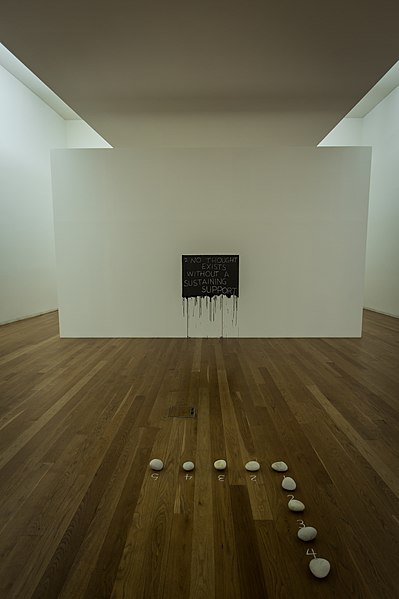
Mel Bochner is an American conceptual artist known for his work in painting, sculpture, and installation art. He was born in 1940 in Pittsburgh, Pennsylvania, and grew up in the Bronx, New York.
Bochner is known for his use of language and text in his artworks, often using words and phrases to explore ideas of perception, language, and communication.
He was a key figure in the development of Conceptual art in the 1960s and 1970s, and his work has been exhibited in museums and galleries around the world.
One of Bochner’s most famous works is his “Thesaurus” series, which consists of lists of synonyms displayed on large canvases. These works challenge traditional ideas about painting as a form of visual expression, and instead focus on the use of language and text as a way of conveying meaning.
Bochner has also worked in sculpture, creating large-scale installations that explore the relationships between objects and their environments. He has been the recipient of numerous awards and honors, including a Guggenheim Fellowship and a National Endowment for the Arts Fellowship.
Bochner continues to create innovative and thought-provoking artworks that challenge viewers’ perceptions and ideas about art.
8. Joseph Beuys
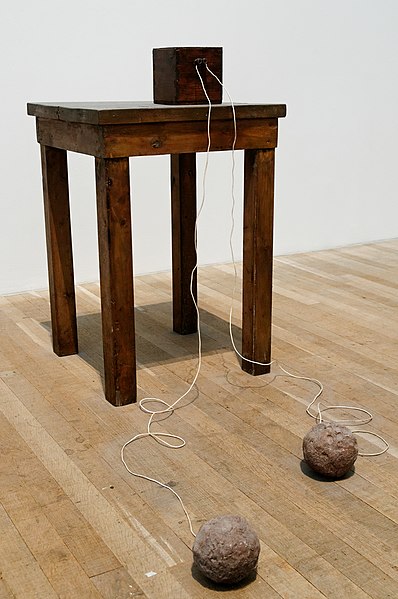
Joseph Beuys was a German artist who is widely considered one of the most important and influential artists of the 20th century. He was born in 1921 in Krefeld, Germany, and died in 1986 in Düsseldorf.
Beuys is best known for his work in performance art, sculpture, and installation art, and for his use of non-traditional materials such as fat, felt, and honey. He was interested in the idea of art as a form of social and political activism, and his work often addressed issues such as ecology, democracy, and human rights.
One of Beuys’ most famous works is “I Like America and America Likes Me,” a performance in which he spent several days living in a gallery space with a live coyote. The work was a commentary on the relationship between humans and nature, and challenged traditional ideas about art as a passive form of expression.
Beuys was also an important teacher and thinker, and his ideas about art and social change have influenced generations of artists and activists. He was a member of the Fluxus movement, and his work has been exhibited in museums and galleries around the world.
Despite his early rejection by the German art establishment, Beuys’ work has come to be recognized as one of the most important contributions to contemporary art in the 20th century.
9. Claude Rutault
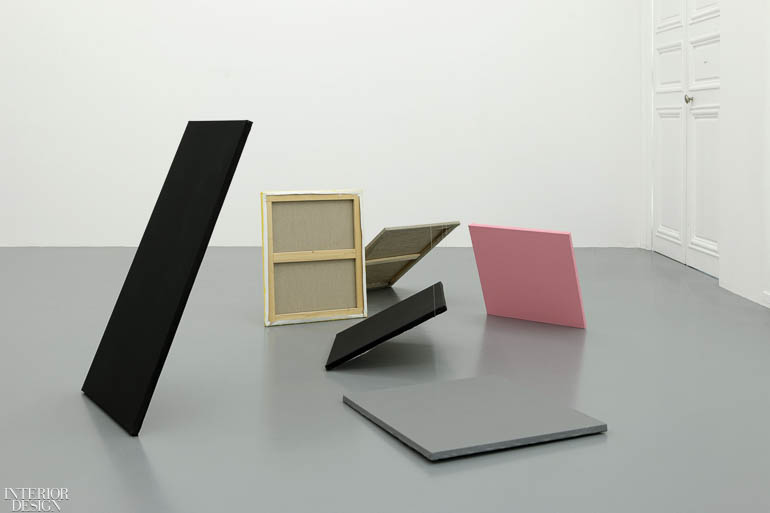
Claude Rutault is a French conceptual artist known for his work in painting and installation art. He was born in Trois-Moutiers, France in 1941, and currently lives and works in Paris.
Rutault’s work often involves the use of predetermined rules and systems that dictate how the artwork should be made and displayed. He is known for his “definition/method” works, which provide a set of instructions for creating a painting or installation.
One of Rutault’s most famous works is his “Palette Tableau,” in which the artist creates a painting on a table that is designed to look like a painter’s palette. The work challenges traditional ideas about painting as a form of visual expression, and instead focuses on the process of creation and the role of the artist in that process.
Rutault’s work has been exhibited in museums and galleries around the world, including the Centre Pompidou in Paris and the Guggenheim Museum in New York. He has been the recipient of numerous awards and honors, including the Chevalier de l’Ordre des Arts et des Lettres and the Prix Marcel Duchamp.
Rutault’s work continues to challenge and inspire viewers and artists alike, and his ideas about art as a process rather than a finished product have had a significant impact on the development of conceptual art.
10. Lawrence Weiner
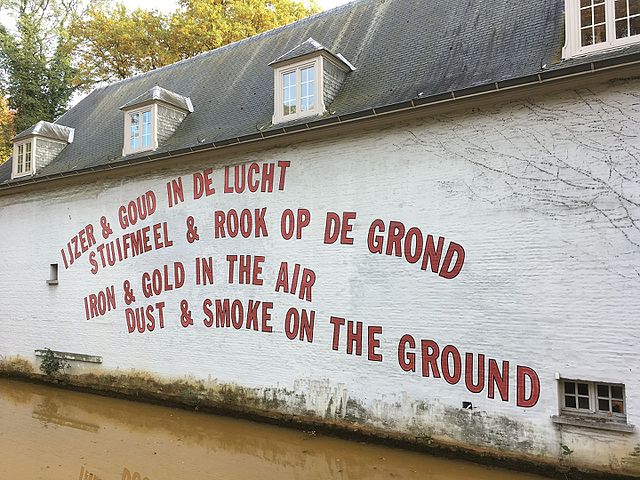
Lawrence Weiner is an American artist who is associated with the Conceptual art movement. He was born in 1942 in the Bronx, New York, and his work often involves the use of text and language to explore ideas of perception, communication, and language.
Weiner’s art typically consists of short, declarative statements that are displayed on walls, printed on posters or stickers, or incorporated into installations. These statements often take the form of instructions, and are intended to be open to interpretation and action.
One of Weiner’s most famous works is his 1968 statement, “A square removal from a rug in use,” which suggests a specific action that can be taken to create a work of art. The work challenges traditional ideas about art as a physical object, and instead focuses on the idea of art as a set of instructions or actions.
Weiner’s work has been exhibited in museums and galleries around the world, and he has been the recipient of numerous awards and honors, including the Guggenheim Fellowship and the Roswitha Haftmann Prize. He continues to create innovative and thought-provoking works that challenge viewers’ perceptions and ideas about art.

